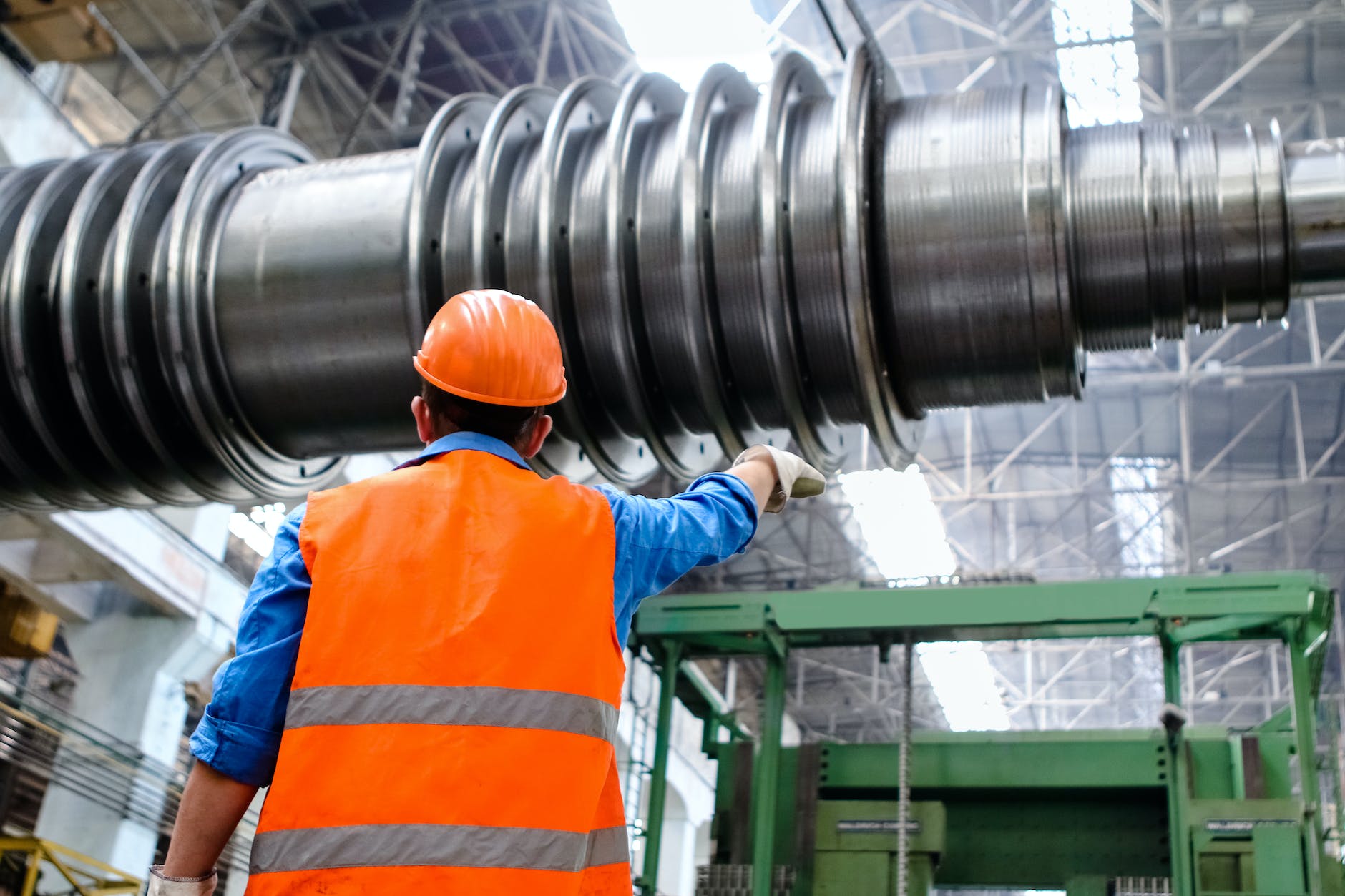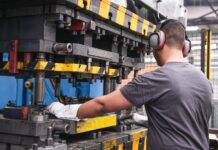
Noise Reduction Engineering Controls: Machinery and Equipment Modifications
Introduction
Noise in the workplace can be a significant concern, impacting both the physical well-being and productivity of employees. Noise reduction engineering controls, particularly modifications to machinery and equipment, play a crucial role in creating a quieter and more comfortable work environment. This article explores the importance of these engineering controls and various modifications that can be implemented to mitigate workplace noise.
Understanding the Impact of Workplace Noise
- Health and Well-being
- Hearing Damage: Prolonged exposure to high levels of noise can lead to hearing damage and long-term health issues.
- Stress and Fatigue: Constant noise contributes to stress and fatigue, affecting overall well-being.
- Productivity and Communication
- Reduced Productivity: Excessive noise hampers concentration, leading to reduced productivity.
- Communication Challenges: Communication among workers can become challenging in noisy environments.
Importance of Noise Reduction Engineering Controls
- Employee Morale and Satisfaction
- Enhanced Comfort: A quieter work environment contributes to improved employee morale and job satisfaction.
- Retention Benefits: Employees are more likely to stay in workplaces that prioritize their well-being.
- Regulatory Compliance
- Occupational Safety Standards: Adhering to occupational safety standards regarding permissible noise levels.
- Avoiding Penalties: Compliance helps organizations avoid regulatory penalties and legal issues.
Machinery and Equipment Modifications for Noise Reduction
- Vibration Isolation
- Anti-Vibration Mounts: Installing anti-vibration mounts to reduce the transmission of vibrations from machinery to the surrounding environment.
- Isolating Moving Parts: Ensuring moving parts are adequately isolated to prevent the transfer of noise.
- Enclosures and Barriers
- Acoustic Enclosures: Constructing acoustic enclosures around noisy machinery to contain and absorb sound.
- Barrier Installation: Installing physical barriers to block the direct path of sound waves.
- Noise-Reducing Materials
- Sound-Absorbing Panels: Integrating sound-absorbing panels on walls and surfaces to minimize sound reflections.
- Cushioning Materials: Using cushioning materials on machinery surfaces to reduce impact noise.
- Maintenance and Lubrication
- Regular Maintenance: Ensuring machinery is well-maintained to prevent vibrations and rattling noises.
- Lubrication Practices: Implementing proper lubrication to minimize friction-related noise.
- Equipment Replacement or Upgrades
- Modern Machinery: Upgrading to newer, quieter machinery with advanced noise reduction features.
- Noise-Optimized Designs: Choosing equipment with noise-optimized designs and technologies.
Implementation Best Practices
- Noise Assessments
- Professional Evaluation: Conducting professional noise assessments to identify specific sources and levels of noise.
- Baseline Measurements: Establishing baseline measurements to track the effectiveness of implemented controls.
- Employee Involvement
- Feedback Mechanism: Encouraging employees to provide feedback on the effectiveness of noise reduction measures.
- Awareness Training: Educating employees on the importance of noise reduction and their role in the process.
- Continuous Improvement
- Monitoring Trends: Regularly monitoring noise levels and trends to identify areas for further improvement.
- Staying Informed: Keeping abreast of advancements in noise reduction technologies and practices.
Conclusion
Noise reduction engineering controls, particularly modifications to machinery and equipment, are essential for creating a healthier and more productive work environment. By implementing various measures such as vibration isolation, enclosures, noise-absorbing materials, and equipment upgrades, organizations can significantly reduce workplace noise, contributing to employee satisfaction and regulatory compliance.
How To Prepare Risk Assessment for Noise
Noise Hazards and Control Measures
Frequently Asked Questions (FAQs)
- Why is noise reduction important in the workplace?
- Workplace noise reduction is crucial for maintaining employee health, well-being, and productivity. Excessive noise can lead to hearing damage, stress, and reduced job satisfaction.
- What are some machinery and equipment modifications for noise reduction?
- Modifications include vibration isolation with anti-vibration mounts, installation of acoustic enclosures and barriers, use of sound-absorbing panels, proper maintenance and lubrication, and upgrading to quieter, modern machinery.
- How can organizations continuously improve noise reduction measures?
- Organizations can continuously improve noise reduction measures by conducting professional noise assessments, involving employees in the process, and staying informed about advancements in noise reduction technologies.
























